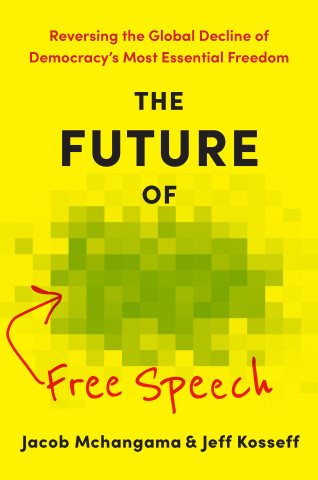
Reviews
Original and important. Presidential Rhetoric and the Public Agenda is a well-conceived contribution to the literature on the rhetorical presidency and bureaucratic action.
President Nixon announced the war on drugs forty years ago, and New York Times columnist Nicholas Kristof recently wrote that 'it appears that drugs have won.' In their careful analysis in this important book, Whitford and Yates demonstrate that the rhetoric of presidents can influence the course of public policy, particularly including implementation. Words matter, even in the supposedly technical aspects of policy implementation, and they do so in a way that frames and, yes, ‘constructs’ the policy itself.
Whitford and Yates make a strong case for the proposition that presidents can, and do, use public rhetoric to affect how policy is implemented by executive agencies. Whereas most previous studies of presidential rhetoric have focused on appeals made to the mass public, they focus on the effects of public speeches on field agents charged with implementing policy. That such an effect might exist is not obvious. Nonetheless, their argument is nuanced and well-crafted and their evidence—both qualitative and quantitative—is compelling. The end result is a thought-provoking study that challenges standard views of executive power. I have no doubt that this book will become required reading for all students of the presidency and the bureaucracy.
Book Details
List of Figures and Tables
Preface
1. Presidential Leadership and Policy Construction
2. Presidential Rhetoric as Policy Leadership
3. A Presidential History of the War on Drugs
4. The Words of War
List of Figures and Tables
Preface
1. Presidential Leadership and Policy Construction
2. Presidential Rhetoric as Policy Leadership
3. A Presidential History of the War on Drugs
4. The Words of War: Political Rhetoric and the War on Drugs
5. Presidential Policy Leadership and Federal Enforcement: The Drug Enforcement Administration
6. For the People: The U.S. Attorneys and the Impact of Executive Signals on Prosecutorial Priorities
7. Taking It to the States: Testing the Limits of Presidential Influence and State Drug Enforcement
8. The Social Construction of Presidential Agenda- Setting
Appendixes
A. Variables for Chapter 5
B. Variables for Chapter 6
C. Variables for Chapter 7
D. Estimation Method
Notes
Bibliography
Index







